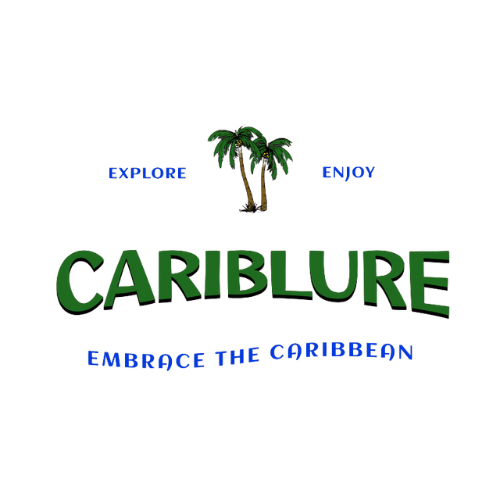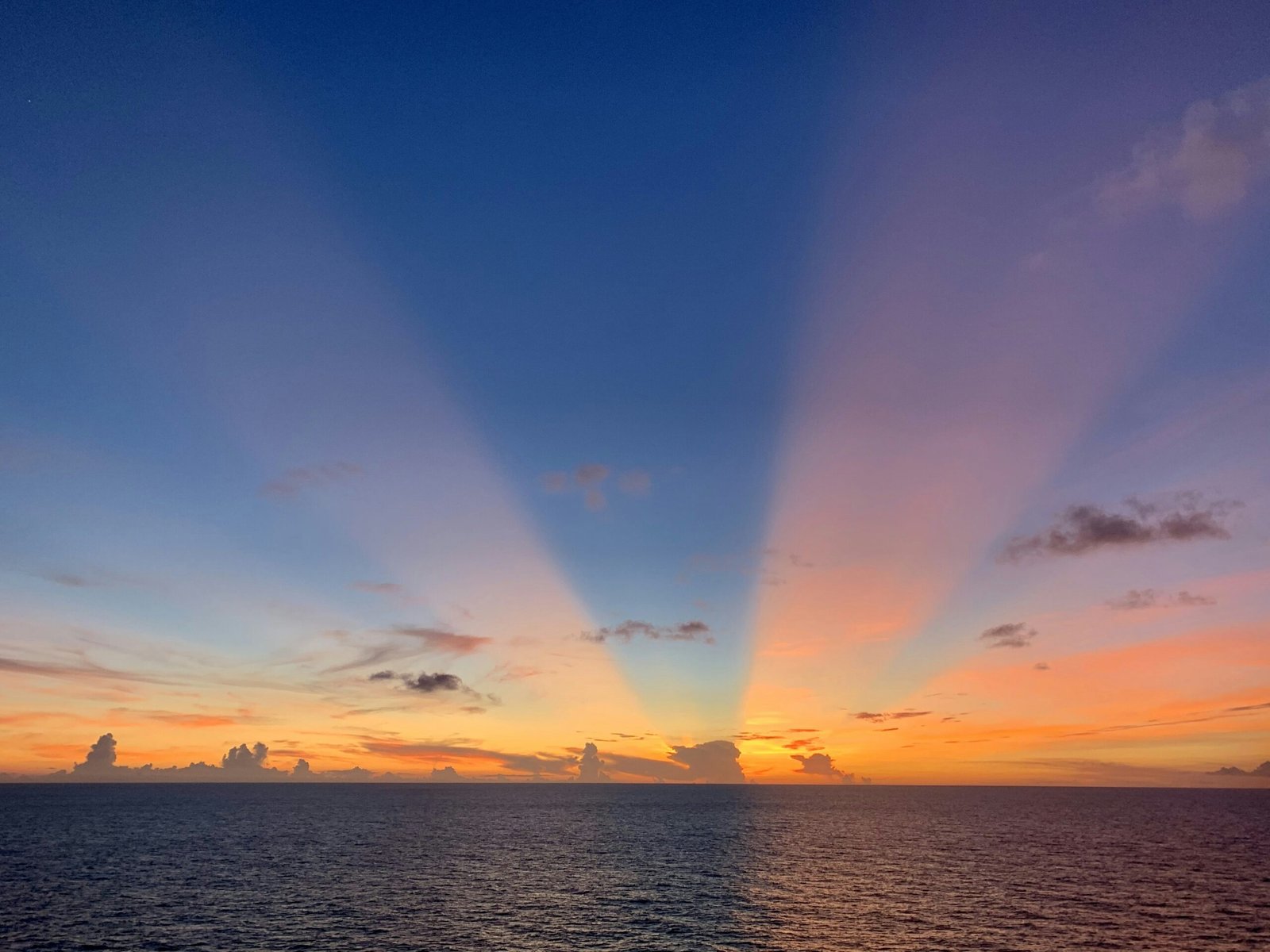Imagine yourself lounging on a white sandy beach, surrounded by crystal clear turquoise waters, with the warm sun beaming down on you. As you sip on a refreshing tropical drink, you can’t help but wonder what the culture is like in this stunning paradise. The Caribbean, with its vibrant and diverse mix of people, is a melting pot of rich traditions, delicious cuisine, infectious music, and captivating festivals. From the rhythmic beats of reggae and calypso to the mouthwatering flavors of jerk chicken and fresh seafood, the Caribbean culture is a vibrant tapestry that will leave you enchanted. So pack your bags, because we’re about to take you on a cultural journey like no other.
History
Colonial history
The history of the Caribbean is deeply rooted in colonization, with various European powers vying for control of the islands. The Spanish were the first to arrive, followed by the English, French, and Dutch. Each colonial power left its mark on the region, influencing the culture, language, and architecture.
Slavery and African influences
Tragically, the Caribbean also has a dark history of slavery. African slaves were brought to the region to work on sugar plantations, and their cultural contributions have had a lasting impact on Caribbean culture. Many Caribbean nations have majority African-descendant populations, and African cultural traditions are woven into the fabric of daily life.
Indigenous peoples
Before the arrival of European colonizers, the Caribbean was home to indigenous peoples such as the Taino, Arawak, and Carib tribes. While their populations were significantly reduced during the colonization period, the influence of their traditions and spirituality remains in the region. Efforts are being made to preserve and honor their heritage in the Caribbean today.
Language
Creole languages
Throughout the Caribbean, various creole languages have emerged as a result of the blending of African, European, and indigenous languages. These unique languages, such as Haitian Creole and Jamaican Patois, are widely spoken and reflect the diverse cultural backgrounds of the Caribbean people.
English
English is the official language in many Caribbean nations, including Jamaica, Trinidad and Tobago, Barbados, and the Bahamas. It is predominantly spoken in official and educational settings, making it a common language for communication among locals and tourists.
Spanish
Spanish is spoken in several Caribbean countries, most notably the Dominican Republic and Cuba. This is a reflection of the Spanish colonial influence in the region. Spanish-speaking communities also exist in Puerto Rico and parts of Belize.
French
French is spoken in the French-speaking Caribbean territories of Guadeloupe, Martinique, and Saint Martin. These territories have a unique blend of French and Caribbean culture, and the French language is widely spoken and used in official capacities.
Dutch
In the Dutch Caribbean islands of Aruba, Curaçao, and Bonaire, Dutch is the official language. However, Papiamento, a creole language derived from Portuguese, Spanish, Dutch, and African languages, is also widely spoken and serves as a symbol of cultural identity.
Food and Cuisine
Seafood
Given its location surrounded by the Caribbean Sea, seafood plays a prominent role in Caribbean cuisine. Fresh fish, lobster, shrimp, and conch are commonly featured in dishes, whether grilled, stewed, or fried. Caribbean seafood is known for its vibrant flavors and unique seasonings.
Rice and beans
Rice and beans are staple foods in the Caribbean, often served together as a main dish or as a side. Variations of this classic combination can be found throughout the region. For example, in Puerto Rico, arroz con gandules is a popular dish featuring rice and pigeon peas cooked in a flavorful sofrito sauce.
Plantains
Plantains are a versatile ingredient in Caribbean cuisine and are used in both savory and sweet dishes. They can be fried, boiled, mashed, or baked, adding a distinct flavor and texture to meals. Plantain chips are also a popular snack in the Caribbean.
Fruit
The Caribbean is home to a wide variety of tropical fruits, and they play a significant role in the local diet. Mangoes, papayas, guavas, pineapples, and bananas are just a few examples of the vibrant fruits grown on the islands. They are often enjoyed on their own or incorporated into refreshing juices, jams, and desserts.
Street food
Caribbean street food is a culinary delight, offering a taste of the region’s vibrant flavors and diverse cultural influences. From jerk chicken in Jamaica to doubles in Trinidad and Tobago, street vendors serve up an array of mouth-watering dishes that showcase the local spices and cooking techniques.
Music and Dance
Reggae
When it comes to Caribbean music, reggae is one of the most famous and influential genres. Originating in Jamaica, reggae is known for its laid-back rhythms, conscious lyrics, and distinctive basslines. It carries messages of social justice and love, making it a powerful form of expression and a symbol of Caribbean identity.
Calypso
Calypso music has its roots in Trinidad and Tobago, and it has a lively and infectious sound. Known for its witty and often humorous lyrics, calypso songs narrate social and political issues, as well as everyday life experiences. Calypso music is synonymous with the vibrant celebrations of Carnival.
Soca
Soca, a genre that emerged from Trinidad and Tobago, brings high-energy beats and infectious melodies to the Caribbean music scene. It blends elements of calypso, soul, funk, and reggae, creating a sound that is perfect for dancing and celebrating. Soca music is particularly popular during Carnival season.
Merengue
Merengue is a lively dance music style that originated in the Dominican Republic. It embodies the joyful spirit of the Caribbean, with fast-paced rhythms and catchy melodies. Merengue is often accompanied by vibrant dance moves, making it a dynamic and captivating genre.
Steelpan
The steelpan, often referred to as the steel drum, is a musical instrument that was created in Trinidad and Tobago. Made from oil drums, it produces a distinct sound that is synonymous with Caribbean music. Steelpan bands showcase their talent during Carnival, adding an energetic and melodic element to the festivities.
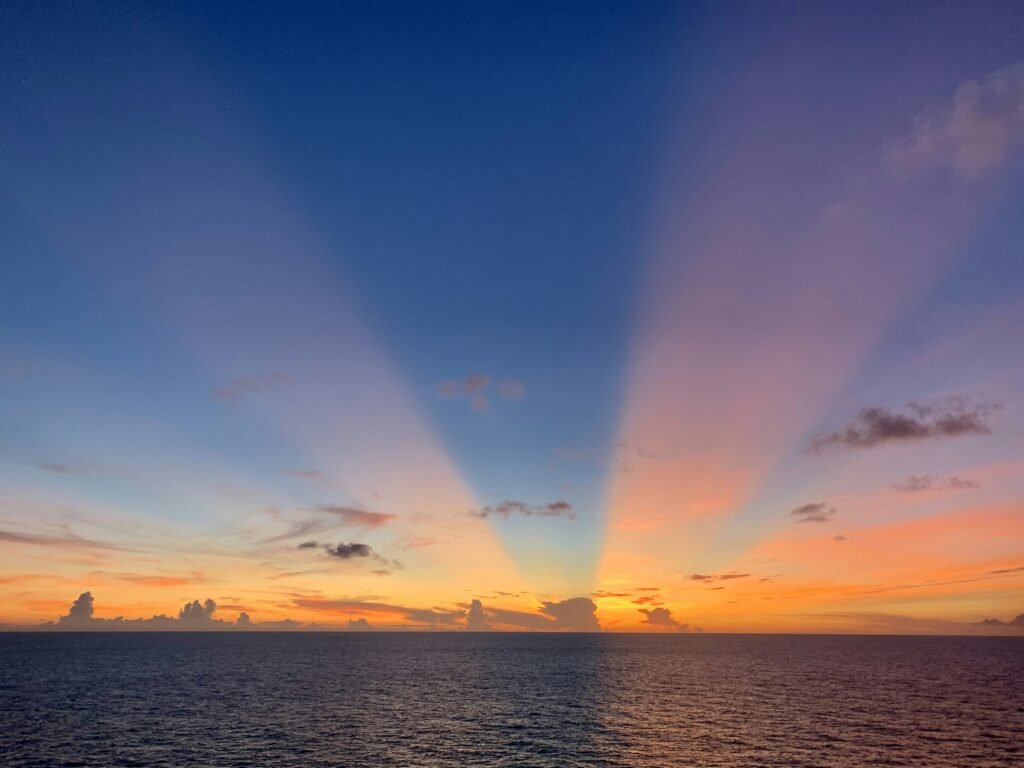
Religion
Christianity
Christianity is the predominant religion in the Caribbean, with various denominations represented across the region. The Catholic Church, in particular, has a significant presence, especially in countries with strong Spanish and French colonial influences. Protestant denominations, such as Anglican, Methodist, and Pentecostal, are also widely practiced.
Rastafarianism
Rastafarianism is a religious movement that originated in Jamaica and has spread throughout the Caribbean and beyond. Rastafarians believe in the divinity of Emperor Haile Selassie I of Ethiopia and advocate for social justice, equality, and the use of natural resources. Their spiritual practices, including the sacramental use of marijuana, are deeply intertwined with Caribbean culture.
Voodoo
Voodoo, also known as Vodou or Vodun, is a syncretic religion that combines African spiritual beliefs with elements of Catholicism and indigenous practices. It is most commonly practiced in Haiti and parts of the Dominican Republic. Voodoo ceremonies, marked by drumming, dancing, and spirit possession, are a vibrant and integral part of Haitian culture.
Santeria
Santeria, originating in Cuba, blends elements of traditional Yoruba religion with Catholicism. It is a complex and colorful syncretic tradition centered around worshiping deities known as Orishas. Santeria rituals involve music, dance, and offerings to the Orishas, reflecting the rich cultural heritage of the Caribbean.
Hinduism
Hinduism has a significant presence in Caribbean nations with a large Indian population, such as Guyana, Trinidad and Tobago, and Suriname. Hindu temples and festivals are common, and Hindu religious practices have become an integral part of the cultural fabric in these communities.
Carnival
Costumes and parades
Carnival is a vibrant and exuberant celebration of Caribbean culture and is known for its elaborate costumes and parades. Participants spend months designing and creating intricate costumes adorned with feathers, sequins, and vibrant colors. The parades, featuring music, dancing, and floats, are a spectacle that showcases the diversity and creativity of the Caribbean.
Soca music
Carnival is synonymous with soca music, a genre that sets the energetic and festive atmosphere of the celebrations. Soca songs, with their catchy beats and infectious lyrics, are played throughout the festivities, encouraging revelers to dance and join in the revelry.
Traditional masquerade bands
Traditional masquerade bands are an essential part of Caribbean Carnival. These bands are characterized by their unique costumes, inspired by traditional folklore and mythology. Each band has its own theme, and participants proudly display their costumes as they dance and celebrate.
Competition and pageantry
Carnival in the Caribbean is not just about celebrating; it is also a time for friendly competition and pageantry. Beauty pageants, calypso competitions, and steelpan competitions are common during this festive season. These events showcase the talents of the participants and add an element of excitement to the celebrations.
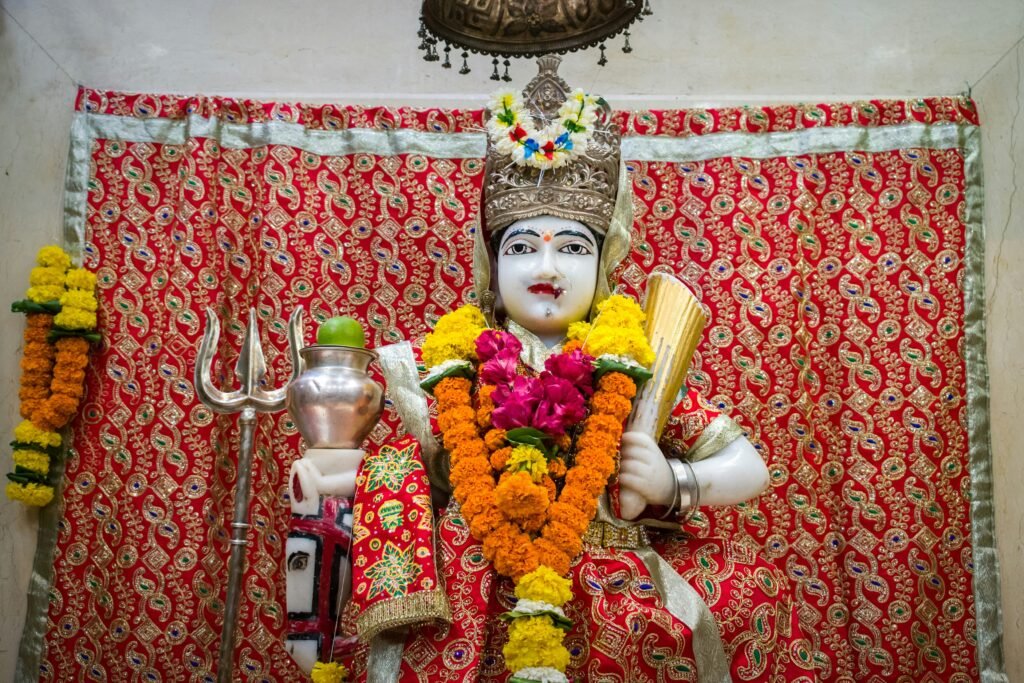
Art and Craft
Woodcarving
Woodcarving is a traditional art form found throughout the Caribbean. Skilled artisans use various types of wood to create intricate sculptures, masks, and decorative objects. Each piece tells a unique story and reflects the rich cultural heritage of the region.
Pottery
Pottery has a long history in the Caribbean, with indigenous peoples and later African slaves introducing their unique techniques. Today, Caribbean pottery is celebrated for its vibrant colors and distinctive designs. From functional pieces to decorative artworks, pottery is a cherished form of artistic expression.
Basket weaving
Basket weaving is a traditional craft that has been passed down through generations in the Caribbean. Skilled artisans use natural fibers, such as palm leaves and straw, to create intricate baskets, mats, and hats. These handmade creations showcase the region’s commitment to preserving traditional craftsmanship.
Painting
Caribbean painting is a diverse and vibrant art form that encompasses various styles and themes. From colorful landscapes to abstract expressions, Caribbean artists draw inspiration from the region’s natural beauty, cultural heritage, and social issues. Their works are often characterized by vivid colors and dynamic compositions.
Sculpture
Sculpture is another form of artistic expression highly regarded in the Caribbean. Artists work with various materials, including wood, metal, and stone, to create three-dimensional artworks that reflect their unique perspectives and cultural influences. Sculptures can be found in public spaces, galleries, and private collections throughout the region.
Sports and Recreation
Cricket
Cricket is a beloved sport in the Caribbean, with a rich history and passionate fan base. The region has produced some of the world’s greatest cricketers, and the sport serves as a source of national pride. Cricket matches bring communities together and create a lively and festive atmosphere.
Football (soccer)
Alongside cricket, football (soccer) holds a special place in the hearts of Caribbean people. Many Caribbean nations have national football teams that compete in regional and international tournaments. Football matches are unifying events that bring fans together to support their favorite teams.
Track and field
The Caribbean is renowned for producing world-class athletes in track and field events. From Usain Bolt to Merlene Ottey, Caribbean athletes have consistently excelled on the global stage. Track and field competitions, like the annual CARIFTA Games, showcase the region’s athletic talent and foster a spirit of camaraderie among participants.
Water sports
With its crystal-clear waters and abundance of marine life, the Caribbean is a paradise for water sports enthusiasts. Snorkeling, scuba diving, sailing, and fishing are just a few of the activities enjoyed in the region. The vibrant coral reefs and diverse ecosystems make the Caribbean a sought-after destination for underwater exploration.
Horse racing
Horse racing has a long history in the Caribbean, with prestigious races attracting both locals and international spectators. Barbados, Jamaica, and Trinidad and Tobago are known for their world-class racetracks and thrilling competitions. Horse racing events are occasions for excitement and celebration, with spectators cheering on their favorite horses.
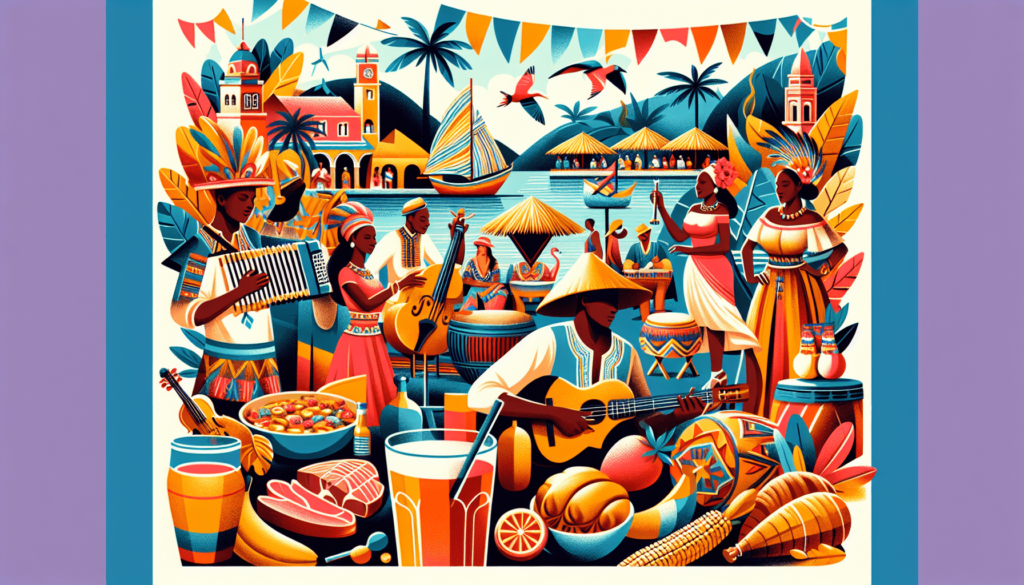
Hospitality and Festivals
Warm and friendly hospitality
Hospitality is a cornerstone of Caribbean culture. Visitors to the region can expect to be greeted with warm smiles and genuine friendliness wherever they go. The locals take pride in sharing their culture and traditions, making guests feel at home and ensuring they have a memorable experience.
Popular festivals
The Caribbean is renowned for its vibrant festivals, which are a showcase of the region’s rich cultural heritage. From Carnival to Junkanoo to Crop Over, the festivals are a whirlwind of music, dancing, parades, and street food. Each festival has its own unique traditions and customs, but they all share a common thread of celebration and joy.
Hospitality industry
Given its status as a popular tourist destination, the Caribbean has a thriving hospitality industry. Luxury resorts, boutique hotels, and charming guesthouses cater to visitors from around the world, offering top-notch accommodations and services. The hospitality industry plays a vital role in the region’s economy and is a testament to the warm and welcoming nature of the Caribbean people.
Natural Environment
Beaches and coastline
One of the most iconic features of the Caribbean is its breathtaking beaches and coastline. With pristine white sands, crystal-clear waters, and swaying palm trees, Caribbean beaches are picture-perfect. Whether you’re looking for relaxation, water sports, or simply soaking up the sun, the Caribbean offers a multitude of beach destinations.
Rainforests
Beyond the coastal areas, the Caribbean is also home to lush rainforests teeming with biodiversity. The rainforests are havens for wildlife, with exotic bird species, colorful reptiles, and vibrant plant life. Exploring the hiking trails and experiencing the tranquility of the rainforest is a must-do for nature lovers.
Coral reefs
The Caribbean boasts some of the world’s most stunning coral reefs, making it a paradise for snorkeling and scuba diving enthusiasts. These underwater ecosystems are teeming with vibrant fish, sea turtles, and other marine life. The reefs serve as important habitats and contribute to the region’s environmental health.
Volcanoes
Several Caribbean islands are volcanic in origin, and their volcanic landscapes offer a unique and dramatic beauty. Volcanoes, such as Saint Lucia’s iconic Pitons and Montserrat’s Soufrière Hills, are attractions for adventure seekers and nature enthusiasts alike. Hiking to the summits and witnessing the awe-inspiring views is an unforgettable experience.
Waterfalls
The Caribbean’s mountainous terrain gives rise to stunning waterfalls cascading into clear pools below. These natural wonders offer a refreshing escape from the tropical heat and provide an opportunity to immerse oneself in nature. Whether it’s the majestic Dunn’s River Falls in Jamaica or the enchanting Emerald Pool in Dominica, waterfalls in the Caribbean are both visually stunning and invigorating.
In conclusion, the culture of the Caribbean is a rich tapestry woven with influences from colonization, slavery, indigenous peoples, and the natural environment. From the vibrant music and dance to the fusion of languages, the Caribbean offers a diverse and interconnected cultural experience. With warm hospitality, mouth-watering cuisine, and stunning natural beauty, the Caribbean continues to enchant visitors from around the world.

